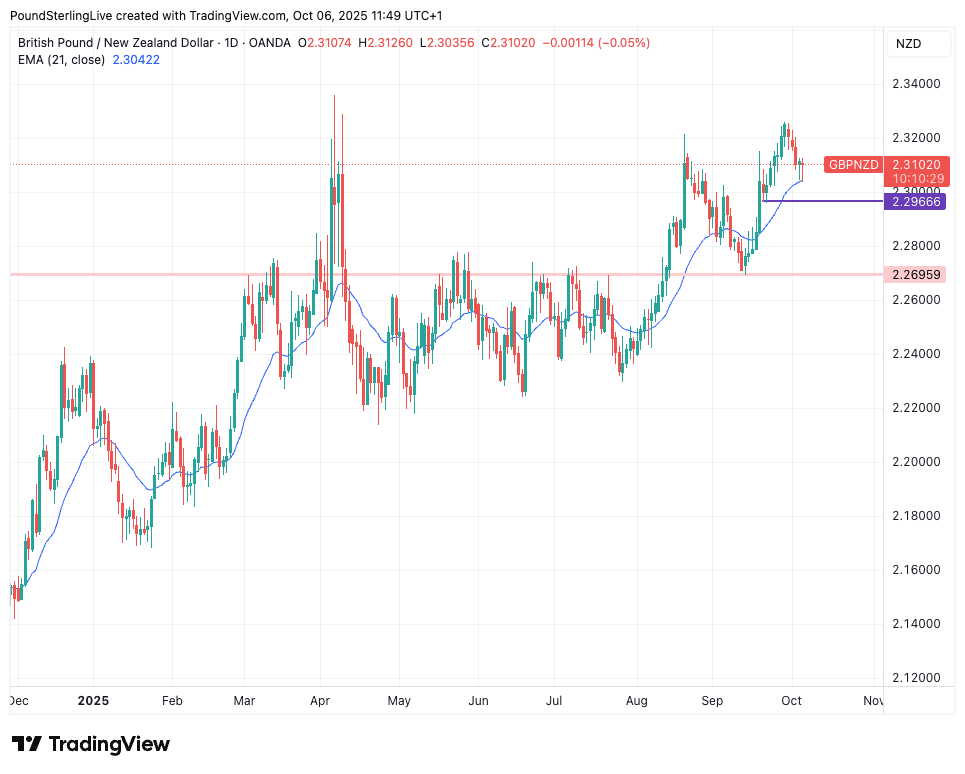
Image credit: Lux Tonnerre. Sourced: Flickr. Licensing conditions: CC 2.0.
The New Zealand dollar could roll over again this week.
The pound to New Zealand dollar exchange rate (GBP/NZD) started the week on a soft footing, but is showing some resilience at the time of writing.
New Zealand's dollar was bought in early European trade amidst the market's reaction to news France has lost yet another Prime Minister, meaning the indebted country is no closer to limiting the growth of its debt pile.
The euro fell and dragged satellite currencies lower, with the Kiwi and Aussie proving willing beneficiaries on account of their relatively healthy public debt positions.
Government debt sustainability is also in focus in Japan today, where the election of Sanae Takaichi as head of the ruling LDP significantly lowers the likelihood of further Bank of Japan rate rises.
She is an advocate of borrowing more money to boost the economy, which risks derailing Japan's ability to bring its debt-to-GDP ratio down. For an economy that has the highest debt-to-GDP ratio in the developed world, it's a concern for financial markets.
So with debt worries aplenty, low-debt currencies such as NZD are benefiting.
However, NZD remains in a protracted decline against most peers, owing to the economy's poor performance over recent months.
A quarterly shrinkage in GDP in Q2 means the Reserve Bank of New Zealand will likely cut interest rates again soon.
Expectations for the RBNZ to cut further have entrenched the NZD selloff, and we are therefore holding a view that the current period of GBP/NZD weakness will prove temporary and will ultimately give way to fresh leg higher.
For the week ahead, we are watching the test of the 21-day exponential moving average (EMA) at 2.3042, which is close to the current level in spot.
A break below here could result in an extension of weakness over the coming five days and lead to a test of support at 2.2966.
However, should the 21-day EMA hold firm, then a move to the highs at 2.3257 becomes a possibility again for the coming weeks.
Note, though, that the 21-day EMA has a flimsy CV when it comes to holding GBP/NZD higher, so we would not put too much money behind it at this point.
It also means that a break below here in the coming days does not signal a major turn in trend and it will take a a much more protracted pullback and shift in fundamentals to call an end to the multi-year rally.

